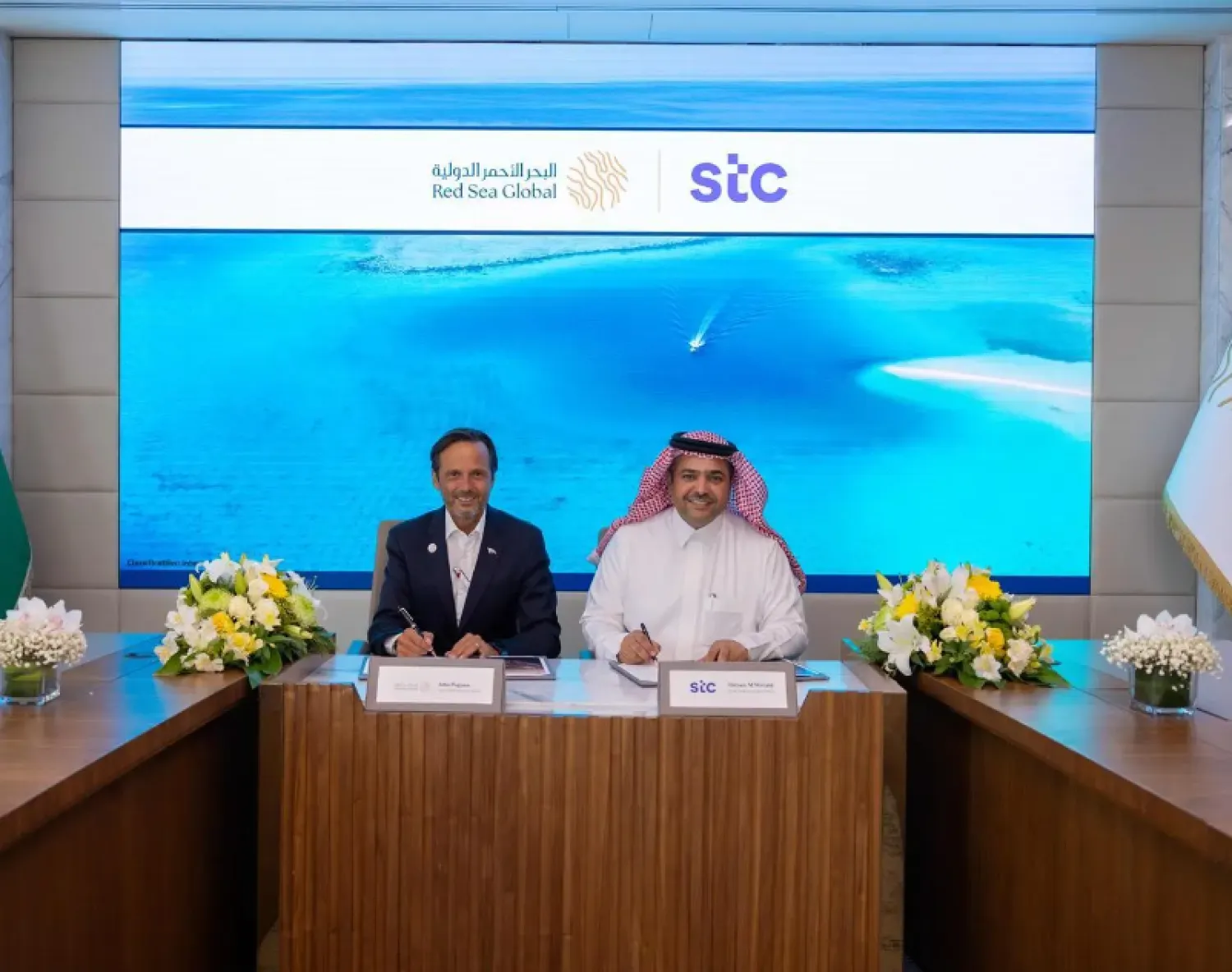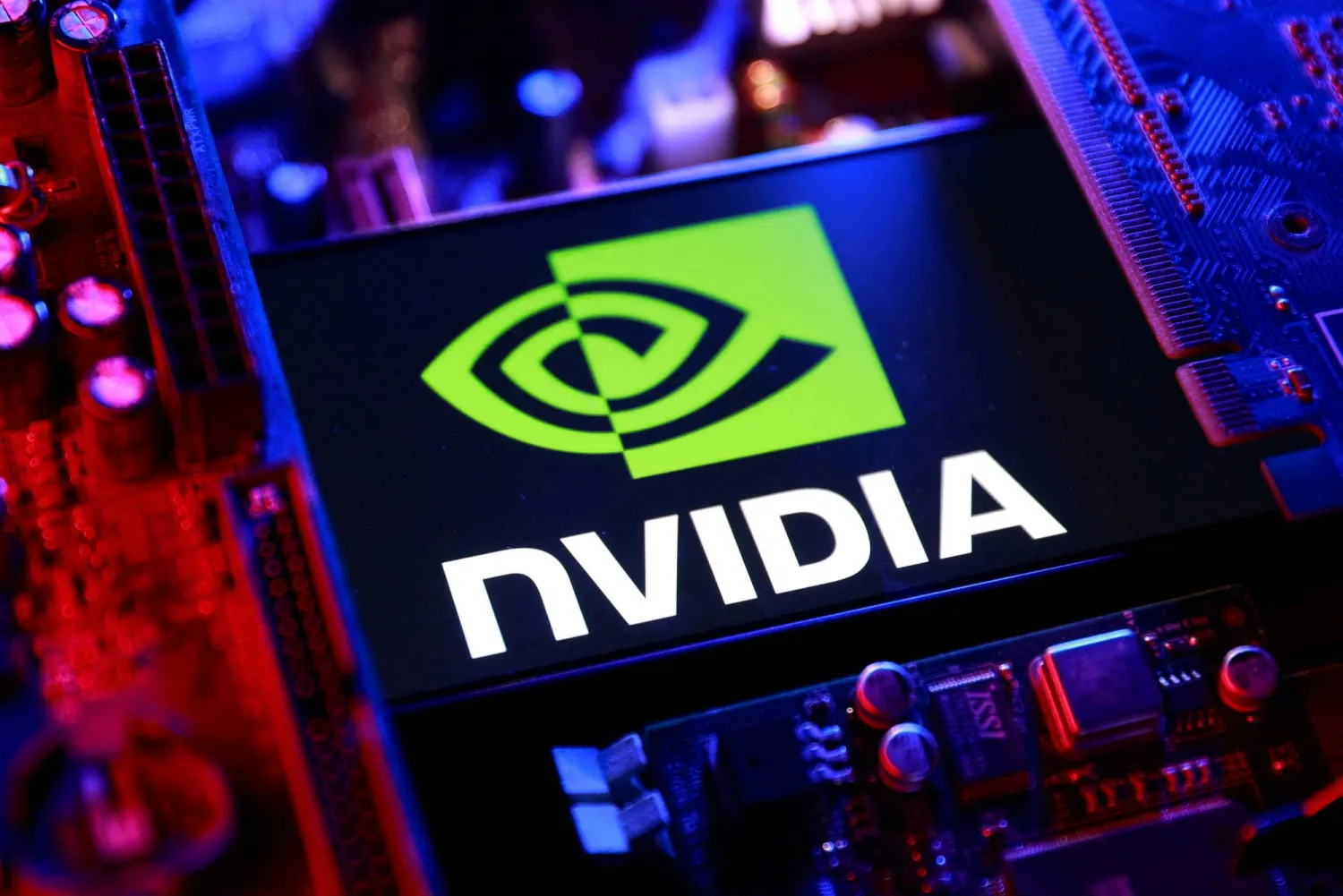stc group, an engine of digital transformation, has signed a strategic partnership with Red Sea Global (RSG), marking a significant milestone. This agreement aims to facilitate digital transformation and empower tourist destinations along the Red Sea coast by adopting state-of-the-art communication technologies and digital services, focusing on seamless and sustained connectivity services.
stc group has entered this agreement to drive digital and technical development in mega projects within Saudi Arabia by priming the connectivity services to all existing and prospective sites in the Red Sea area to revolutionize the region's tourism experience, according to SPA.
"As a key player in the digital transformation of the Kingdom, we are pleased to continue our support by partnering with The Red Sea destination, one of the largest national initiatives. We recognize the significance of this project for the country and are committed to leveraging our expertise to develop it further”, said stc group CEO Olayan bin Mohammed Alwetaid.
Under this agreement, stc group will offer advanced connectivity services The Red Sea and AMAALA destinations by delivering tailored solutions solutions with potential expansion into newly developed areas. These services will ensure seamless and uninterrupted connectivity for both destinations.
stc will provide advanced communications solutions, including fixed and mobile services with 5G technologies and connectivity through the group's data centers.
The collaboration between stc group and RSG goes beyond just providing connectivity. Together, the companies have developed Smart Services to enhance the digital guest experience, including smart EV charging, VMS (smart gates), a Marine security command center, RSG booking engine, and RSG contact center. Additionally, stc customers will benefit from automatic WiFi offloading.









